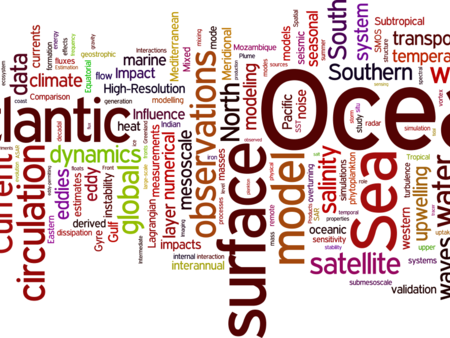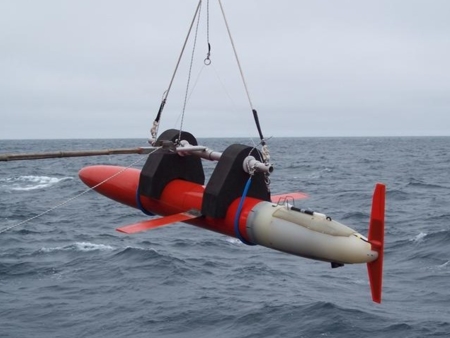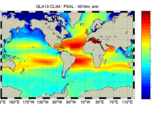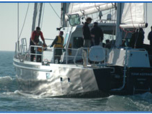Sea Surface Salinity: In-Situ Observations
In-situ observations of sea surface salinity are collected, controlled and corrected in order to prepare high quality datasets well suited for climate studies or satellite validation. At present time the data are collected underway from research vessels, merchant ships, sailing boats and drifting buoys. This activity contributes to the SOERE-CTDO2 and CNES/TOSCA SMOS-OCEAN project. The delayed mode datasets produced join the GOSUD database.
Ocean salinity is unfluenced by the freshwater fluxes associated to the evaporation-precipitation budget, the sea-ice cycle and the river discharge. It is thus intimately linked to the water budget of the earth and sensitive to climate change.
The distribution of the fresh water generates currents through convergences- divergence effects and changes in the density field. Exchanges with the atmosphere, the sea-ice and the continent occur at the ocean surface. Observation of this interface must be done globally and with a time and space resolution adapted to the most active processes, which can only be obtained by combining different observing systems.
Standard Argo profilers have a near surface measurement close to 5 m and provide a low resolution (3°) global coverage. Satellites have started to observe salinity at global scale with increased resolution (50-100 km). However, these new systems need to be calibrated in order to improve the intricate processing.
Good quality in-situ measuements such as those performed underway with thermosalinometer are more than ever necessary and need to be organized, starting from the data collection to the validated end products.









